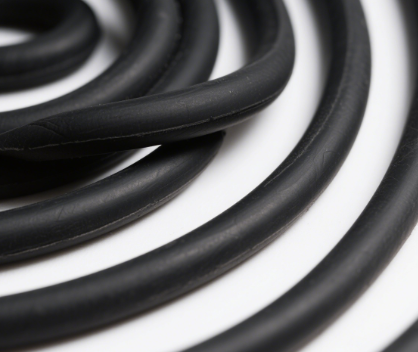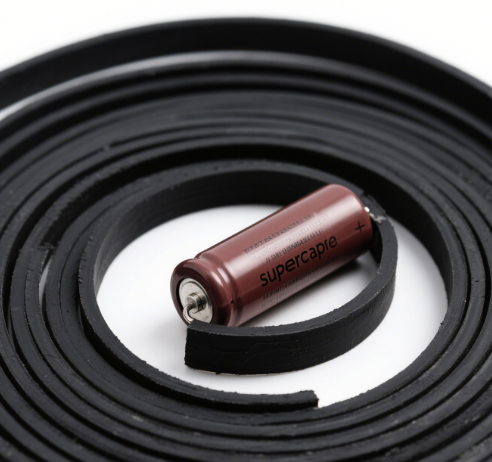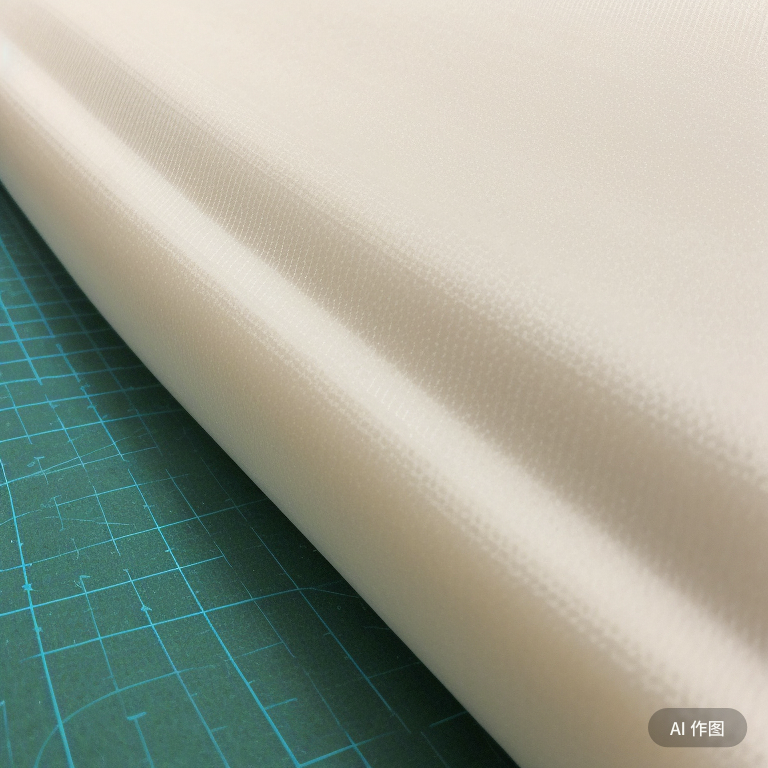LED Power Supply Encapsulation
LED power supply encapsulation is a process in which liquid encapsulation materials are filled into the LED power supply housing or a specific space, and after curing, a monolithic sealed structure is formed. The following is a detailed introduction to LED power supply encapsulation:
Purpose of Encapsulation

· Waterproof and Moisture-proof: LED power supplies are usually installed outdoors or in humid environments. Encapsulation can effectively prevent water and moisture from penetrating into the interior of the power supply, avoiding problems such as circuit short circuits and corrosion, and improving the reliability and service life of the power supply.
· Insulation Protection: Encapsulation materials have good insulation properties, which can isolate the charged components inside the power supply from the outside world, preventing electric shock accidents, and also avoiding electrical interference between different circuits.
· Heat Dissipation: High-quality encapsulation materials have certain thermal conductivity, which can effectively conduct the heat generated during the operation of the LED power supply to the housing and then dissipate it into the air, helping to reduce the internal temperature of the power supply and improve the stability and efficiency of the power supply.
· Mechanical Protection: After encapsulation, the material can fill the voids inside the power supply, enhancing the overall structural strength of the power supply and reducing the damage to the internal components of the power supply caused by external forces such as vibration and impact.
Selection of Encapsulation Materials
· Epoxy Resin: It has good insulation performance, mechanical strength and chemical corrosion resistance. After curing, the shrinkage rate is small, and it can be accurately encapsulated into molds of various shapes. At the same time, its thermal conductivity is also good, making it suitable for the encapsulation of LED power supplies with high requirements for heat dissipation.
· Silicone Rubber: It has excellent high and low temperature resistance, flexibility and anti-aging performance, and can maintain good elasticity and stability within a wide temperature range. In addition, the insulation and waterproof performance of silicone rubber is also very excellent, but its thermal conductivity is slightly worse than that of epoxy resin.
· Polyurethane: It has good flexibility, wear resistance and water resistance, and the curing speed is fast, which can quickly form a sealed structure. Its cost is relatively low, making it suitable for the encapsulation of some LED power supplies with not particularly high performance requirements.
Steps of Encapsulation Process
· Preparation Work: First, clean the LED power supply to remove surface impurities such as dust and oil stains to ensure that the encapsulation material can bond well with the surface of the power supply. At the same time, according to the shape and size of the power supply, select a suitable encapsulation mold, and clean and demold the mold.
· Batching: According to the usage instructions of the selected encapsulation material, accurately weigh and mix each component. For example, for two-component epoxy resin encapsulation materials, the resin and curing agent need to be mixed evenly in a certain proportion and stirred thoroughly to ensure that the materials can react fully.
· Encapsulation: Slowly pour the mixed encapsulation material into the mold, and let the material flow naturally or fill all the gaps and spaces of the LED power supply through methods such as vacuum perfusion. During the encapsulation process, pay attention to avoiding the generation of bubbles, and methods such as vacuuming, standing still or vibrating can be used to remove the bubbles.
· Curing: After the encapsulation is completed, place the power supply and the mold in an appropriate environmental condition for curing. The curing conditions of different encapsulation materials are different, generally including parameters such as temperature, humidity and time. For example, epoxy resin encapsulation materials usually need to be cured at room temperature for several hours to dozens of hours, or accelerated curing at a higher temperature.
· Demolding and Post-treatment: After the curing is completed, carefully remove the LED power supply from the mold. If there is excess encapsulation material overflowing or remaining, it can be trimmed and cleaned. Some encapsulation materials may need surface treatment after curing, such as sanding, coating protective paint, etc., to improve the appearance quality and protective performance of the power supply.
Quality Control of Encapsulation
· Appearance Inspection: The surface of the encapsulated LED power supply should be flat and smooth, without defects such as bubbles, cracks and lack of materials. The bonding between the encapsulation material and the power supply housing should be firm, without peeling or delamination.
· Electrical Performance Test: Conduct electrical performance tests such as insulation resistance and withstand voltage on the encapsulated LED power supply to ensure that the insulation performance of the power supply meets the requirements and there are no potential safety hazards such as leakage and short circuits.
· Thermal Performance Test: Evaluate the heat dissipation effect of the encapsulation material by measuring the temperature distribution and heat dissipation of the power supply under working conditions. If the temperature of the power supply is too high, it may affect its performance and service life, and it is necessary to further optimize the encapsulation process or replace the encapsulation material.
· Reliability Test: Conduct reliability tests on the encapsulated LED power supply that simulate the actual usage environment, such as high-temperature aging, low-temperature impact, and humidity tests, to verify the stability and reliability of the power supply under various harsh conditions.
















